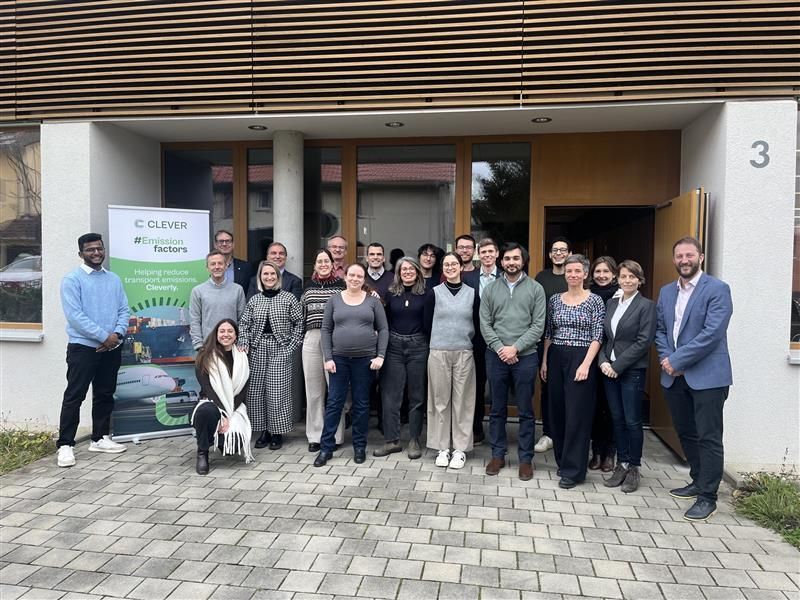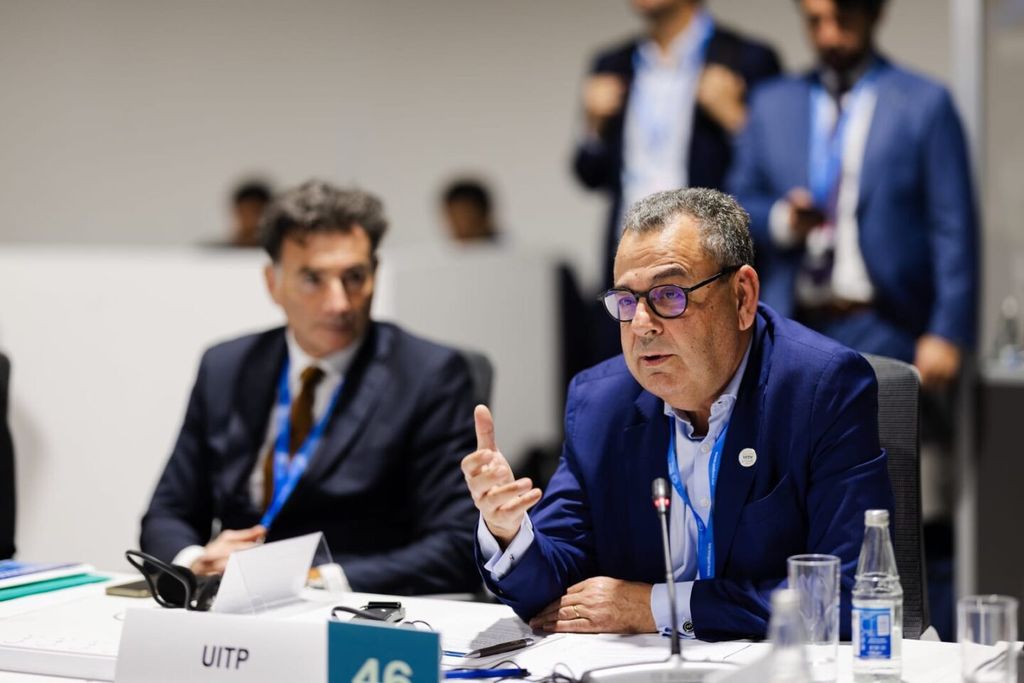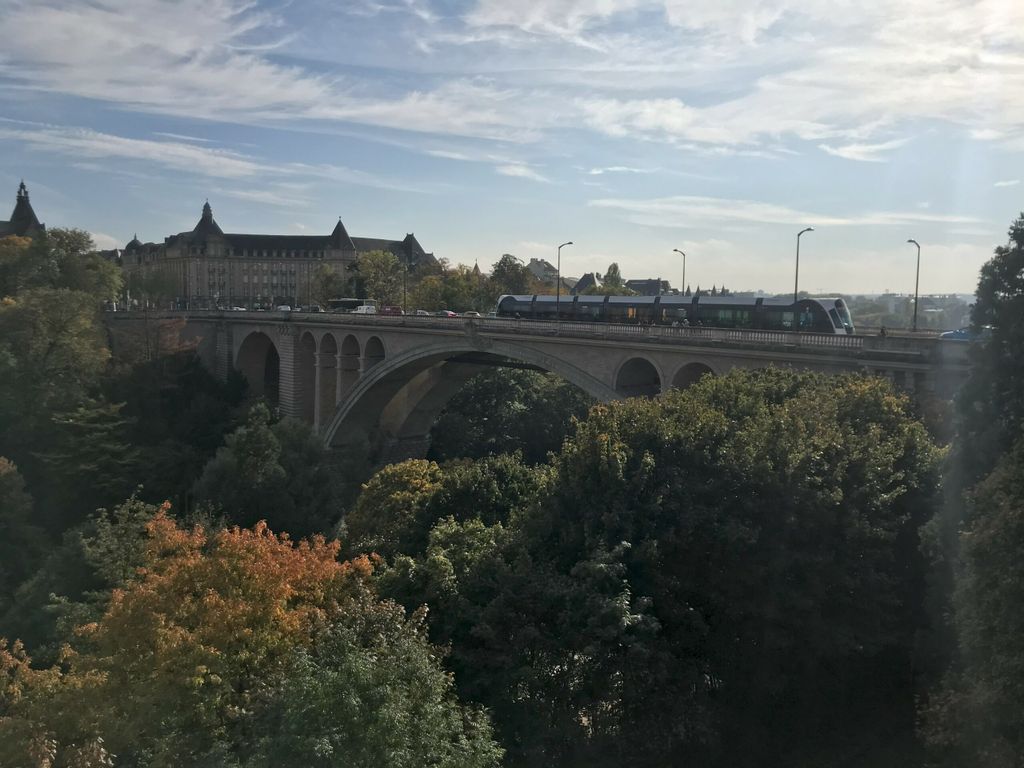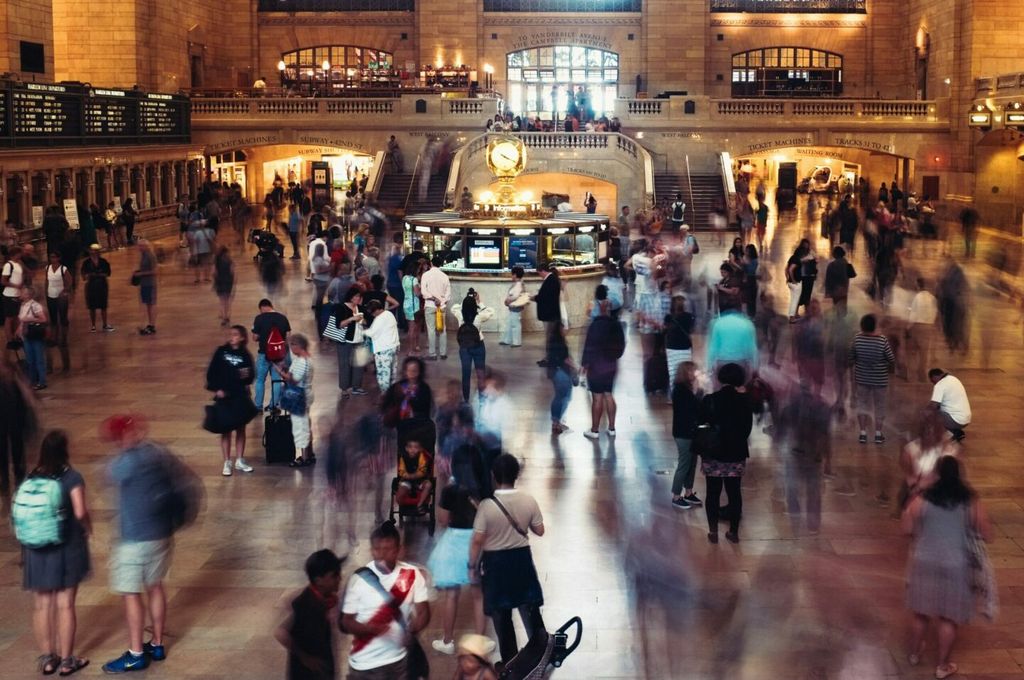
Public transport as biodiversity catalyst – lessons from Dublin
From habitat loss and deforestation to advancing native flora and fauna
Any new piece of infrastructure, also for public transport, wreaks havoc on natural systems, resulting in habitat loss and deforestation. But does it really? What if we take a different approach to transport systems, building them with ecology at the centre? What if we could use our sector’s investment to bring back native flora and fauna, restoring and strengthening natural ecosystems in cities?
This approach showed real benefits in the Luas Cross City Project in Dublin, Ireland. While building the 5.6km extension of the light rail system through the city centre, Transport Infrastructure Ireland managed to largely eradicate the invasive Japanese Knotweed. And while doing so, rejuvenated the land with different habitats enhancing local biodiversity, resulting in a developing ecological corridor in a heavily urbanised environment.
But more on that later.
A unique opportunity to restore natural environments
According to Maria Vittoria Corazza of the Sapienza University of Rome, research on biodiversity and transport is mostly limited to road management and its impacts on flora and fauna. “We want to expand this view to include the impacts of public transport on the flora and fauna of urban areas”, says the researcher. She is also leading the UITP working group on this topic. “But we are in ‘terra incognita’ here, very little on this has been done or documented before.”
So how does public transport infrastructure impact biodiversity? Of course, infrastructure developments, such as new railway tracks or expanding mobility hubs can result in habitat loss, fragmentation, and traffic disturbances for wildlife. But even catenaries can limit growth of trees, potentially disrupting local ecosystems that rely on specific vegetation structures.
Maria Vittoria: “We know that when we are building new infrastructure we look to avoid, mitigate or compensate the negative effects. But this isn’t necessarily applicable in urban areas, where we are already in a built up environment, and have a unique opportunity to restore natural flora and fauna.”
How our sector can benefit nature
UITP’s Research in Mobility Committee is diving deeper into the field of transport ecology, looking for a new environmentally conscious vision for public transport to safeguard urban ecosystems.
Right now, the committee is mapping the lay of the land. Surveying public transport operators on the sector’s existing knowledge and initiatives. Ultimately, the research aims to raise awareness and develop a code of practice when deploying road infrastructure and operations to become a force for good in urban natural ecosystems.
The committee will also develop, for the first time in public transport, a benefits-based study to figure out monetary and non-monetary benefits of including road ecology in the public transport practice.
Click here to complete the survey and contribute to this work!
where one spells “really bad news for our biodiversity”
For Stephen Byrne, MetroLink Sustainability and Environment Coordinator with Transport Infrastructure Ireland, the new Luas Cross City line from the beginning had to tackle “a particularly nasty invasive species known as the Japanese Knotweed”, and resulted in a strong biodiversity case study.
The Luas, which is the Irish Gaelic word for speed, is the light rail system of Dublin. With two lines and 67 stations, the system has an annual ridership of almost 50 million passengers. Construction for the Luas Cross City Project, a 5.6km extension right through the city centre, started in 2013. It has been in service since December 2017.
Native to Japan and Northern China, Japanese Knotweed (Fallopia japonica) naturally grows in harsh terrain such as volcano slopes. Stephen Byrne: “it’s a troublesome plant that has caused a lot of damage. In our European soil, it grows at a phenomenal rate, outcompetes our local species and creates monocultures. So, it’s really bad news overall for our biodiversity.”
“It spreads via what’s known as rhizomes, the underground stem. Leaving just a few grams in the ground is enough for a new plant growth.” Ultimately it becomes dense enough to block sightlines, damages roads and structures, erode riverbanks and damage anything from flood defence structures to archaeological sites.



The return of native species and pollinators
Byrne continues: “We requested a ‘Japanese knotweed Construction Stage Management Plan’ from the contractor, ensuring everybody working on site was aware of its unique ecology. One of the real challenges is making sure that personnel treating it and working in the area don’t inadvertently spread it further by carrying off site via boots, tools and equipment.”
Byrne describes Knotweed as an iceberg. “Even if you see just a small plant on top, it can grow three meters down and seven meters wide.” This meant that during the control process the plants had to be sprayed with herbicides before digging out the rhizomes, sometimes by hand with shovels.
And even now that the line is in full operation, the fight against Knotweed is ongoing: “In the contract for the operator we included the requirement that it is visually checked during the track walk every six weeks and that they have their own Operational Stage Invasive Alien Plant Species Management Plan.” Any sighting of the invasive species is then logged, monitored and treated at the correct time of year to ensure the species does not spread.
Those riding the Luas extension today encounter a developing ecological environment with a range of different habitats including grasslands, scrub, woodland planting and hedgerows enhancing local biodiversity. Those with very sharp vision even see bees flying from flower to flower as they aid pollination, ensuring biodiversity continues to thrive.
Land degradation, desertification and restoration
This year’s World Environment Day on 5 June focuses on developing solutions to restoring land, halting desertification and building drought resilience. As we can learn from Dublin and UITP’s Research in Mobility Committee, public transport has the potential to be a catalyst in restoring biodiversity.
By restoring land and productive ecosystems, humanity can secure a nature-positive, net-zero future, safeguarding a healthy planet and achieving sustainable development. The time to prevent, halt and reverse ecosystem degradation is now. Every dollar invested in ecosystem restoration creates $30 in economic benefits.
Discover how to support World Environment Day now!








